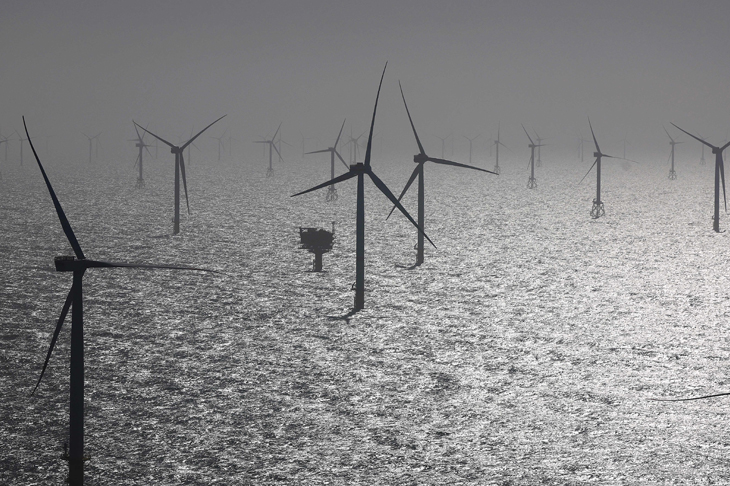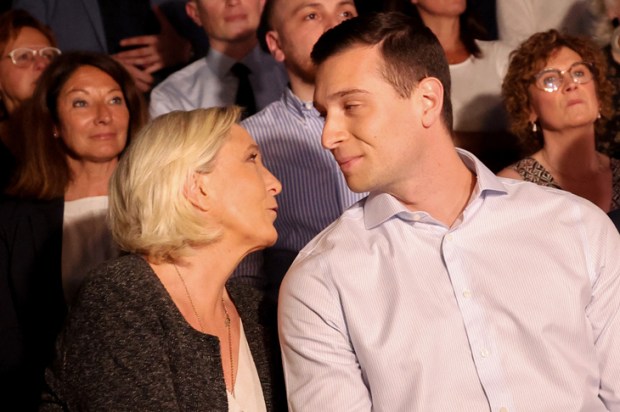For years, the media has supported politicians, NGOs, and environmentalists in the West who have been warning us about the harm fossil fuels are causing to the environment. We are continuously told that we need to invest in renewable energy in order to prevent a climate catastrophe. This narrative tells us that switching from fossil fuels to renewable energy sources is not only going to save the planet, but it will also significantly lower our energy bills.
Already a subscriber? Log in
Subscribe for just $2 a week
Try a month of The Spectator Australia absolutely free and without commitment. Not only that but – if you choose to continue – you’ll pay just $2 a week for your first year.
- Unlimited access to spectator.com.au and app
- The weekly edition on the Spectator Australia app
- Spectator podcasts and newsletters
- Full access to spectator.co.uk
Or
Unlock this article
You might disagree with half of it, but you’ll enjoy reading all of it. Try your first month for free, then just $2 a week for the remainder of your first year.














Comments
Don't miss out
Join the conversation with other Spectator Australia readers. Subscribe to leave a comment.
SUBSCRIBEAlready a subscriber? Log in